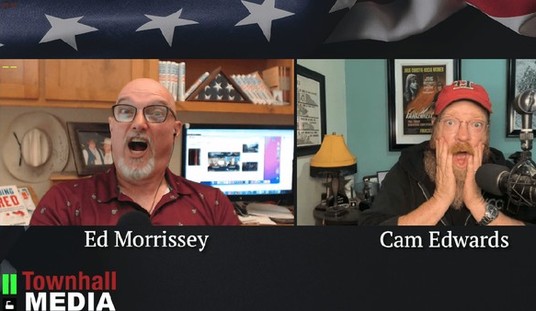Savage Arms, the longtime Massachusetts gun manufacturer, has new owners, and it sounds like they plan to build the brand and not just rely on its heritage name.
Savage Arms, newly acquired by a group of private investors headed by CEO and President Al Kasper, will soon be looking to expand as it takes advantage of its new independence.
“We’ll be looking for acquisition opportunities,” Kasper said in a recent interview. “Businesses that are in the same space in the marketplace where we are and that will allow us to take full advantage of our manufacturing capabilities.”
That marketplace space, according to Kasper, is squarely within the hunting and target shooting spheres, so don’t look for the Savage SBR anytime soon. The fact that a group of investors sees a profitable future in hunting and target shooting is a good thing, but the fact that the purchase price of $170-million was considerably less than the $315-million ATK paid for Savage back in 2015 also serves as a reminder that the industry has been largely stagnant or in a slow decline for decades.
As Savage’s new owners work to expand its space in the hunting world, I hope that they will also work to expand the number of hunters as well. There are already a lot of hunters who are working to get folks into the field for the very first time. One of the most intriguing programs is the Field to Fork program, which targets foodies and other adults with a non-hunting background.
I think food is a natural entry point for many non-hunters to give it a try. While the makers of plant-based burgers are aggressively pushing their products, and lab-grown meat is getting more support from huge producers like Tyson, there’s a counter-movement towards “authentic” food, and there’s nothing more authentic than food that you’ve produced yourself. Eating something for dinner that you harvested that morning is a great feeling, whether it’s a bass fillet or chicken fried venison steaks smothered in country gravy. I grew up in the suburbs of Oklahoma City and never had the opportunity to hunt, but after moving to a small farm in central Virginia in 2012, I’ve been able to eat rabbit taken on my farm, as well as hogs, goats, and chickens that my family have raised (I’ve had less luck with the many deer and wild turkeys that show up to taunt me before and after hunting season).
Many of us won’t get the opportunity to move to a farm or a remote cabin off the grid, but that doesn’t mean that someone who lives in the Dallas suburbs or even midtown Manhattan has to be completely removed from the food on their plate. And with programs like Farmers and Hunters Feeding the Hungry, hunting can also be an act of benevolent charity. Donating a deer that you’ve harvested to a program like FHFH helps to put high quality protein in the bellies of those who might not get it otherwise. Not only are you helping to keep the deer population in check, but you’re helping those who need it in your community. That might not be enough to bring an ardent anti-hunter to a deer stand, but it does provide an entry point for the less close-minded.
If we are to keep our hunting heritage alive, we have to meet people where they are first, and then bring them along through our shared experiences and interests. Everyone in the hunting space, from the corporate CEOs to the hunter in the field, has a duty these days to be an ambassador and evangelist for the lifestyle they love. We have to not only bring new hunters to the field, but to help people who will never hunt understand why we do.










Join the conversation as a VIP Member